Accueil
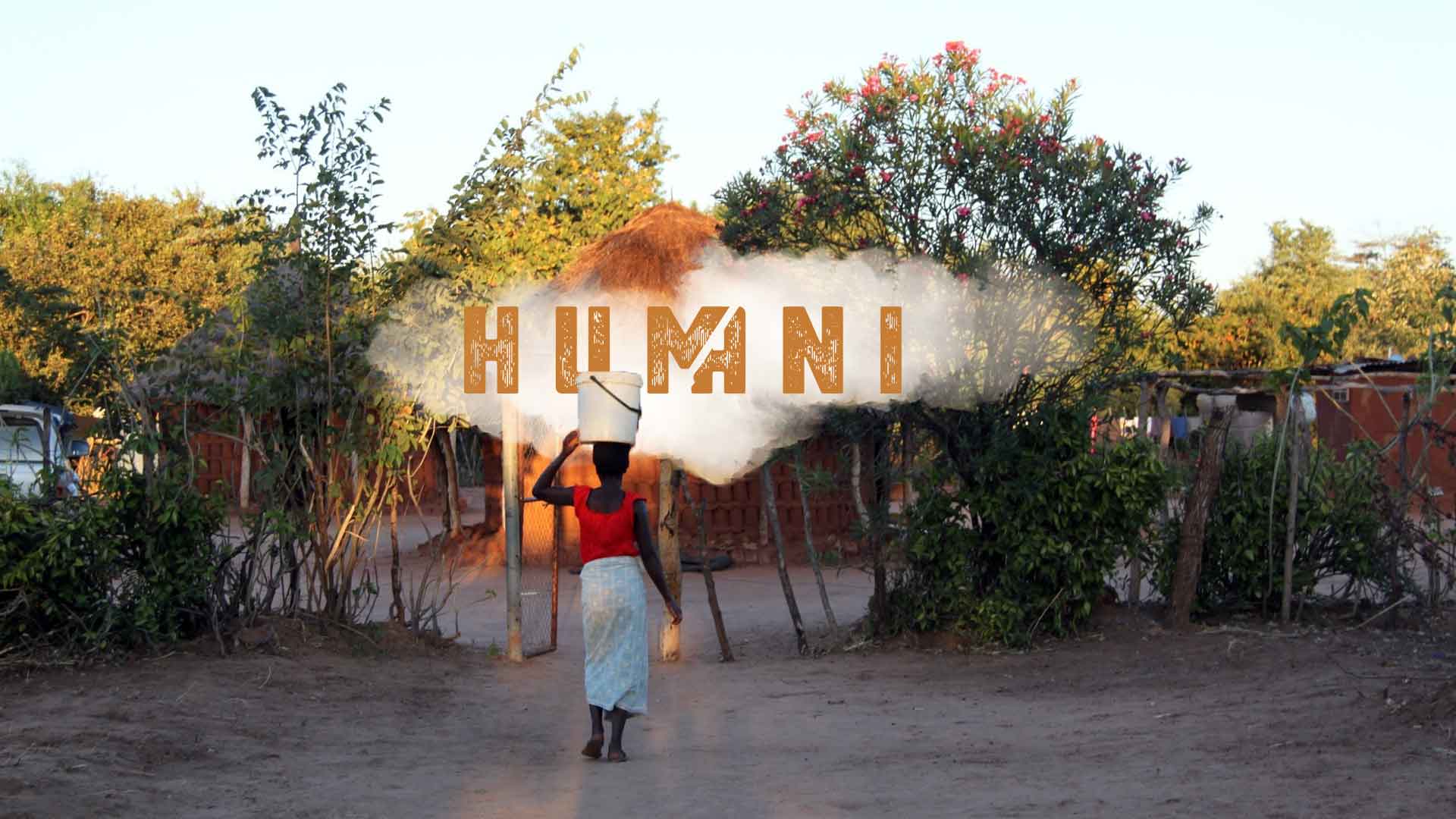

How Climate change modify interactions among wildlife, livestock and human in hot spot of biodiversity in Africa?
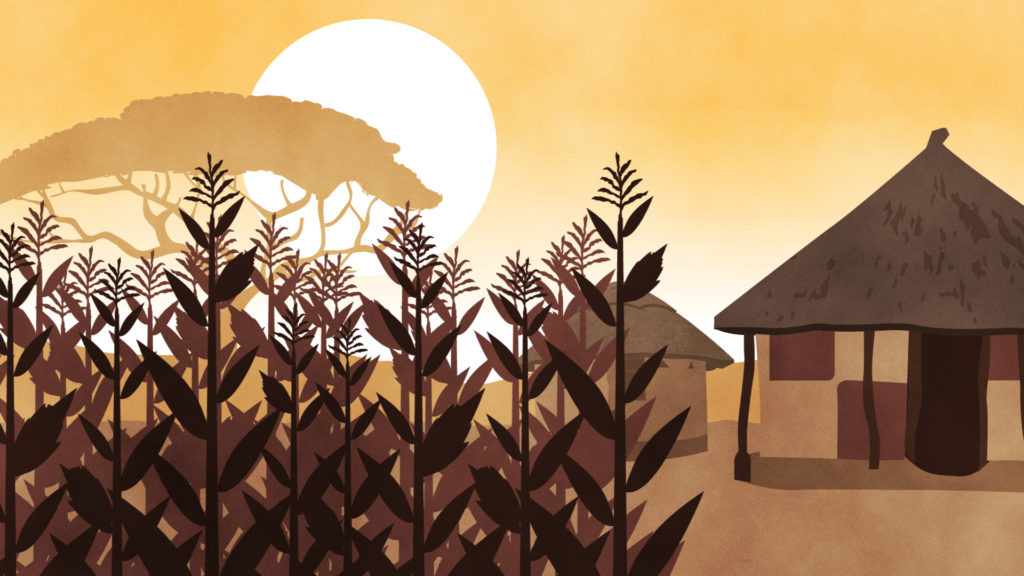
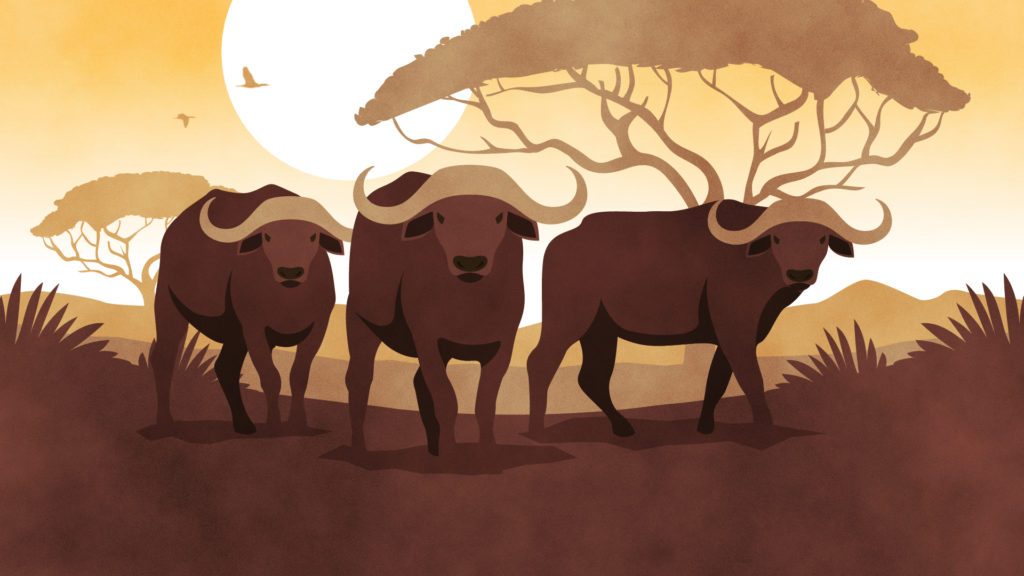
Which are the consequences for infectious diseases?
Study at the interface between communal and protected areas in Zimbabwe 2020-2025
Climate is changing and the African continent where temperatures are rising faster than the global rate will be particularly affected.
The HUM-ANI project proposes to address increased infectious diseases’ threats and multi-hosts transmission in a context of climate change and biodiversity erosion in southern African socio-ecosystems. Climate is changing and the African continent where temperatures are rising faster than the global rate will be particularly affected notably by severe drought and an increase in high-intensity rainfall events. It could result in significant losses of African plant species and of over 50 % bird and mammal species by 2100. However, the risks to wildlife, livestock and human regarding infectious diseases in this context of species extinctions, climate change and resources limitation are not well understood and predicted in the scientific literature. Multi-species transmission is a key process in the emergence, spread and distribution of many infectious diseases (emergent or endemic) of humans and animals (domestic or wild). The predicted increase in aridity in southern Africa will likely decrease primary production and make resource availability in space and time (surface water and forage) more uncertain. The increasing spatial overlap between pristine and agricultural environments, and the collapse of biodiversity are likely to redistribute inter-specific contact patterns and affect inter-species transfers of infectious diseases.
How animal & people will adapt their behaviours and practices when the availability and quality of water and rangeland decrease? Are protected areas a refuge? How will interactions between humans, domestic & wild animals be impacted by climate change and biodiversity erosion? And what are the consequences for infectious diseases dynamics?
To answer these questions, scientists at the HUM-ANI Project will simultaneously carry out research projects in ecology, epidemiology and sociology in Zimbabwe, located in southern Africa.
Climate is changing and the African continent where temperatures are rising faster than the global rate will be particularly affected.
Characterize the community of hosts in contacts (wild, domestic animals & humans) at the interface between protected and communal areas in socio-ecosystems (SE) under differing climate conditions
Characterize the movements and habitat use of the different species in community of hosts
Characterize how local people are affected by wildlife disease risks and explore the strategies adopted by local communities to counter wildlife disease risks
Monitor the spatio-temporal dynamics of a marker of transmission (i.e. Foot and Mouth disease) in the multi hosts community
Study the evolution of a pathogen infecting multiple hosts according to the contacts rates, determine origin, maintenance populations and directionality of the transmission
Model how loss of biodiversity, increased temperatures and decreased rainfall are likely to modify the host contact networks and the resulting infectious diseases risks for wildlife, livestock and humans
Produce keys indicators and decision-support tools for stakeholders and the civil society to manage complex SE under climate change
To enhance understanding of ecological, epidemiological and sociological factors influencing the functioning of complex SE under climate chance
Develop tools for scientific mediation and reach the most vulnerable
PROJECT PARTNERS


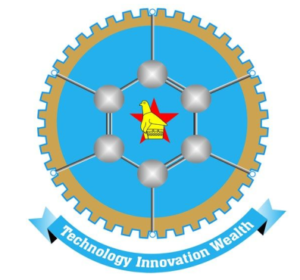

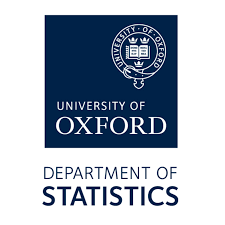
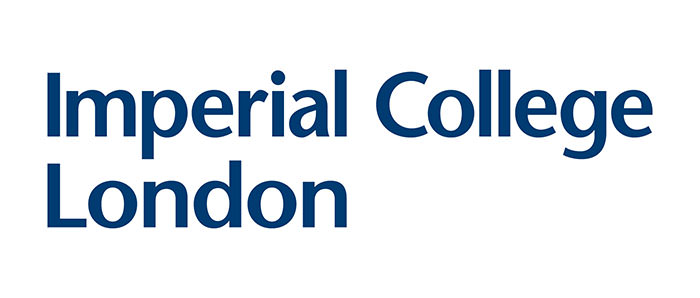
>
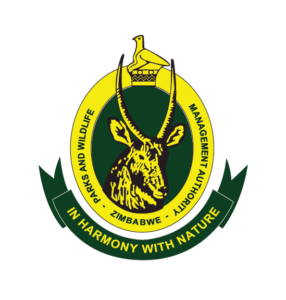


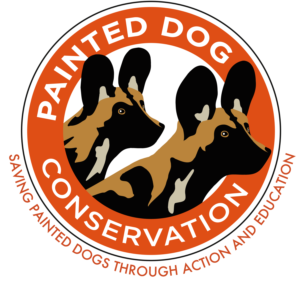
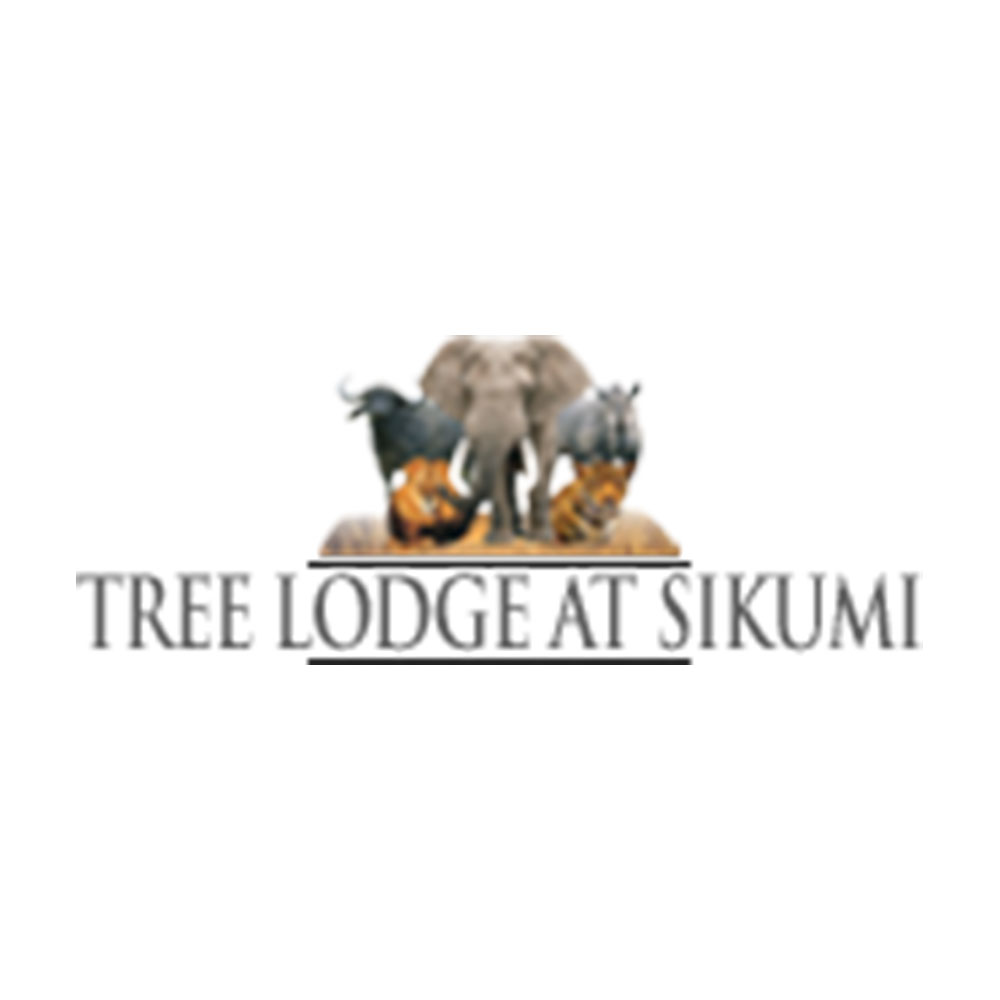

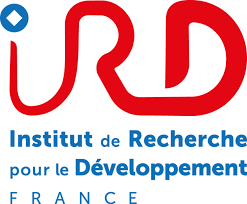


PROJECT SPONSORS

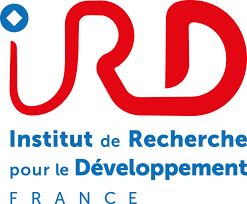


Scientific coordination : Eve Miguel, IRD – eve.miguel@ird.fr